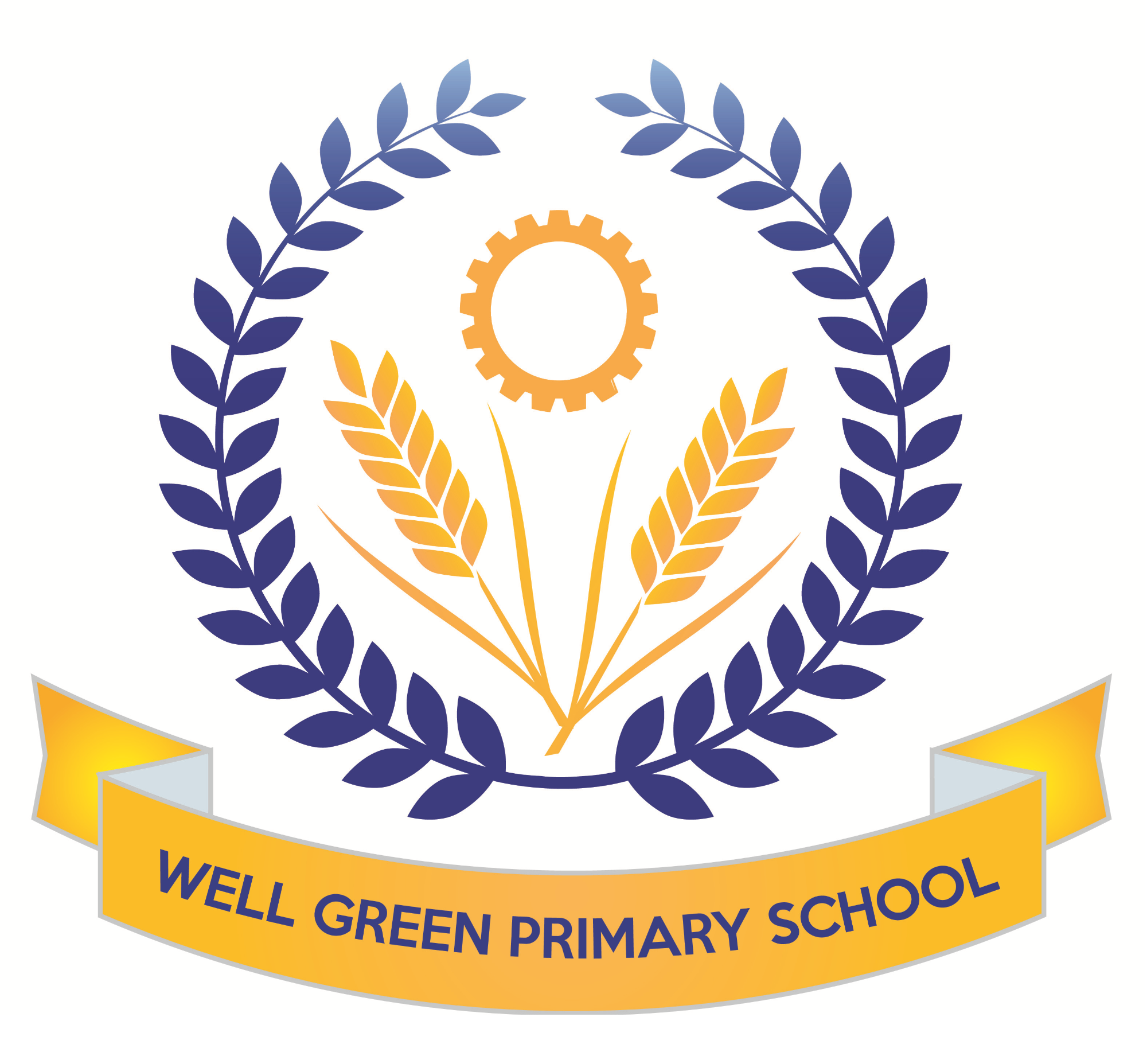Autumn 2
Heavier- how do you know? Qualifying your maths answer.
Stars- non fiction
To link with learning about the Nativity story and the Star of Bethlehem, we have learnt some facts about stars. This is early physics knowledge.
Investigating which is heavier: one child in a crate or 2? Although this is obvious to adults, understanding this concept is not innate. Children need to learn this through investigative play.
Music with Mrs Cooper
Developing listening skills. Children need to 'attune' their listening and process the difference in sound for phonics blending and segmenting later on.
We have been learning about weight in Nursery. We learn about it through exploring practically. Children learn the vocabulary 'heavier' and 'lighter' and 'the same'.
This child has decided she needs to attach something and has chosen tape to do so. She does not yet have the wrist strength to pull the tape down so it cuts on the serrated edge. She does not let this stop her. She chooses from our different types of scissors a pair she can use, and cuts it this way. This displays creativity, problem solving, fine motor skills and independence.
These 2 children are performing collaboratively. We have been focusing on rhythm in phonics and literacy. We have learnt rhythms of 4/4 time (although we have used the vocab 'beats'). The child on the right is remembering 4/4 time and the child on the left is experimenting with pitch and timbre. Your child needs to be able to differentiate these sounds for reading and spelling later on.
Light installation
We worked as a team to snap, bend and thread into a chain. We pulled the blinds down, turned off the lights and hung across our classroom.
Making squirrel cake.
HOW TO SUPPORT YOUR CHILD-SUBITISING. This is not a skill children are born with, it needs to develop. It is needed to free up working memory and is essential for KS1 and KS2 mathematics.
A demo of how to test if your child can subitise. You will notice we start of with concrete objects that are all the same, it then progressed to concrete objects that are different colours, then on to pictorial representation of dots.
We tried 0 to 3, then moved onto up to 5.
